Alright I have a potentially tricky question regarding interacting with shapes created via CSS3. See the following fiddle: http://jsfiddle.net/MH4LN/1/
Code example:
<div class="container">
<div class="l1"></div>
<div class="l2"></div>
<div class="l3"></div>
</div>
with the following CSS:
.container {
width: 570px; height: 570px;
position: relative;
}
.l1 {
width: 352px;
height: 352px;
background: red;
position: absolute;
top: 109px;
left: 109px;
z-index: 999;
-webkit-border-radius: 176px;
border-radius: 176px;
}
.l2 {
width: 464px;
height: 464px;
background: blue;
position: absolute;
top: 53px;
left: 53px;
z-index: 998;
-webkit-border-radius: 232px;
border-radius: 232px;
}
.l3 {
width: 570px;
height: 570px;
background: green;
position: absolute;
z-index: 997;
-webkit-border-radius: 285px;
border-radius: 285px;
}
.l1:hover, .l2:hover, .l3:hover {
background: #fff;
}
My problem is this: I want to apply CSS to each shape on hover. The shapes are created by setting a border radius equal to half the div width/height (creating a circle). However when you hover over the empty area hidden by the radius, you still trigger a hover state on that element. Here's an image to illustrate what I mean:

Is there any way to avoid this? Will I need to use the canvas element for this instead of simple rounded divs?
Edit: Looks like this is specific to WebKit browsers as it works fine in Firefox.
Edit 2: I'm accepting Niels's solution as he's correct, the box model dictates that elements are rectangles, so the way I was going about this was wrong. However I was able to accomplish what I needed with SVGs. Here's an example Fiddle in case anyone is interested: http://jsfiddle.net/uhrHX/1/